Japanese School Rules: A Strict Dress Code For Underwear? The Logic Is Bizarre.
In Japan, there exists a myriad of seemingly nonsensical rules in schools, designed to impose strict regulations and control over students' appearances and behaviors, ultimately leading to feelings of unhappiness and restriction among the youth.
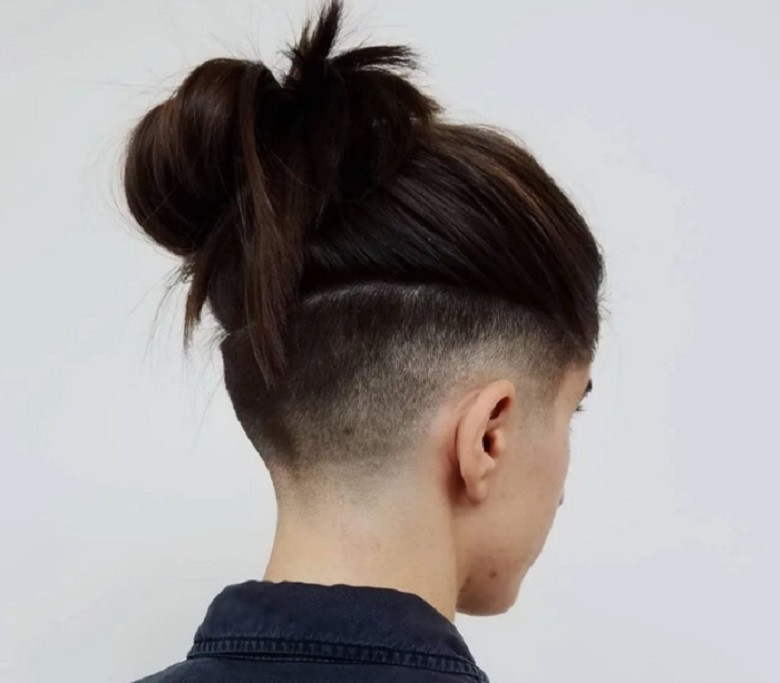
Regulations extend to the color of underwear, hair dye restrictions requiring proof of natural hair color, prohibition of nail polish, and even involvement in relationships with classmates being scrutinized. The strict dress codes even extend to dictate the color of undergarments, with white being the only acceptable option to prevent any hint of flirtation.
The Origins of the Ponytail Ban
One peculiar rule that has long been enforced in Japanese schools pertains to hairstyles, notably the ban on wearing ponytails. The rationale behind this restriction dates back to traditional cultural beliefs, where exposing the back of the neck was perceived as potentially stimulating male classmates in a sexual manner.
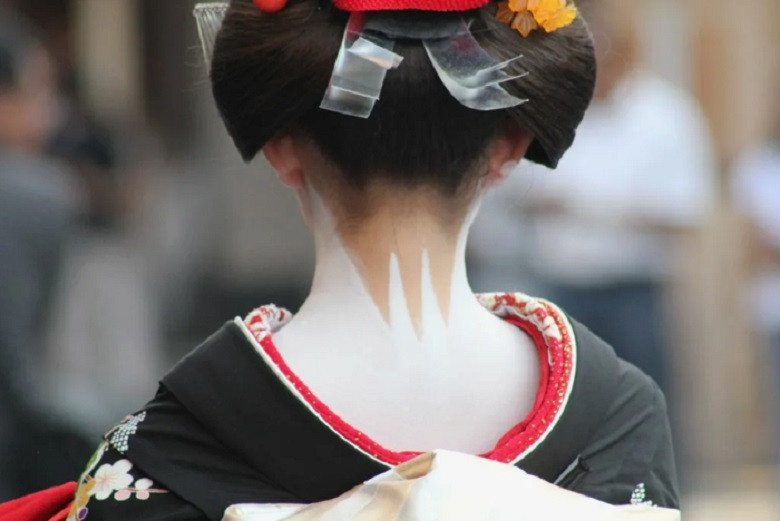
This custom originated from a time when girls would wear elaborate kimonos with only a small strip of skin visible at the back of their neck, which was viewed as highly alluring. This antiquated notion that the sight of the exposed neck could sexually arouse male students has persisted over time, leading to the strict prohibition of ponytails and even the undercut hairstyle.
The Evolution of School Rules
Interestingly, the restriction on ponytails and undercuts continues to impact modern-day schoolgirls who do not conform to the traditional dress code. Despite the fact that contemporary schoolgirls do not wear kimonos and exhibit more casual attire with visible knees, the archaic rule remains in place.
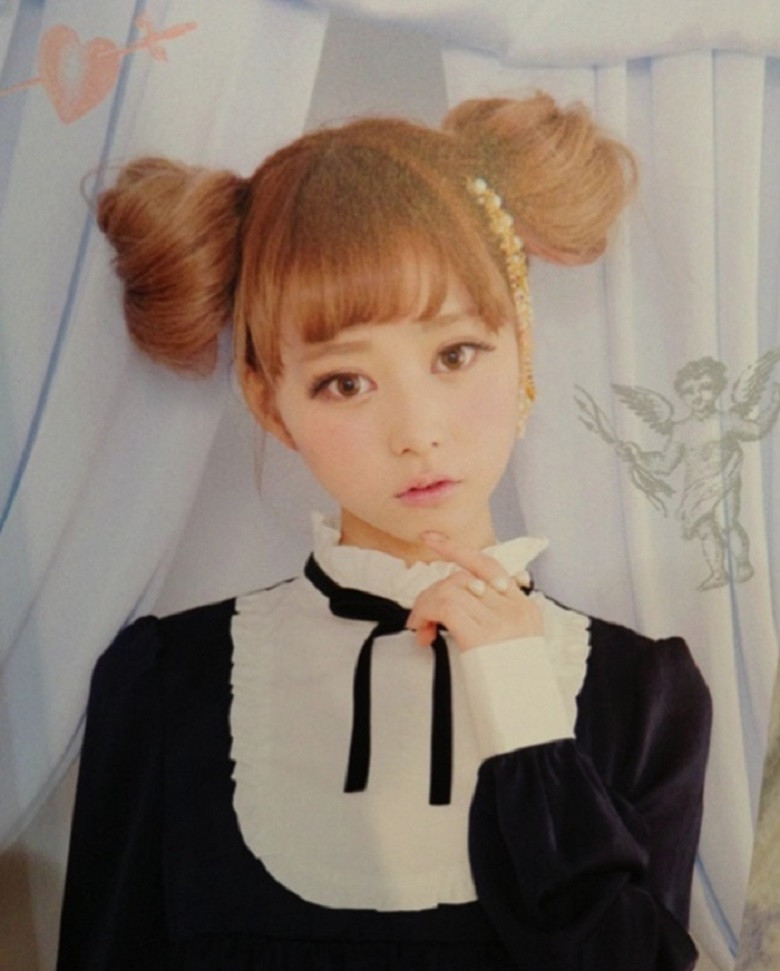
It is intriguing to note that while ponytails are banned due to their perceived provocative nature, other hairstyles that expose even more skin, such as the bob cut, are often permitted. This paradox underscores the entrenched nature of these regulations and the reluctance of school authorities to abolish outdated rules for fear of opening the floodgates to more radical hairstyles.
The Fight Against Bullying
The strict enforcement of school rules in Japan, including the ban on ponytails, escalated in the 1970s in response to the rising concern of bullying within educational institutions. The pervasive issue of bullying in Japanese and Korean schools has prompted authorities to implement increasingly stringent regulations in an attempt to curb bullying behavior and promote uniformity among students.
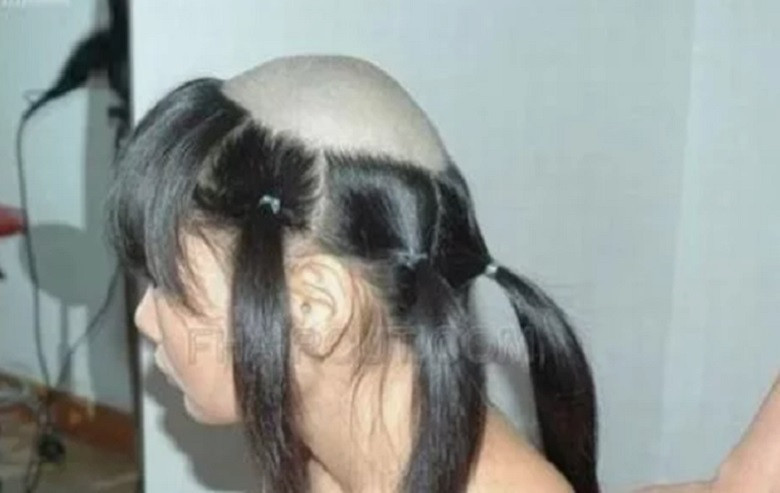
The underlying premise is to minimize differences among students, from hairstyles to undergarments, in the misguided belief that conformity will reduce instances of bullying. However, these measures have proven ineffective as bullying has evolved to target personal attributes rather than outward appearances, leading to emotional harm and psychological distress among students.
Looking Towards a More Inclusive Future
As societal attitudes shift towards recognizing individuality and diversity, some schools in Japan are slowly embracing a more lenient approach to dress codes and rules. The emergence of "democratic" schools represents a step towards fostering inclusivity and respect for students' autonomy. While progress is being made, there is a long road ahead to dismantle the deeply ingrained culture of strict regulations and conformity that have governed school policies for decades.
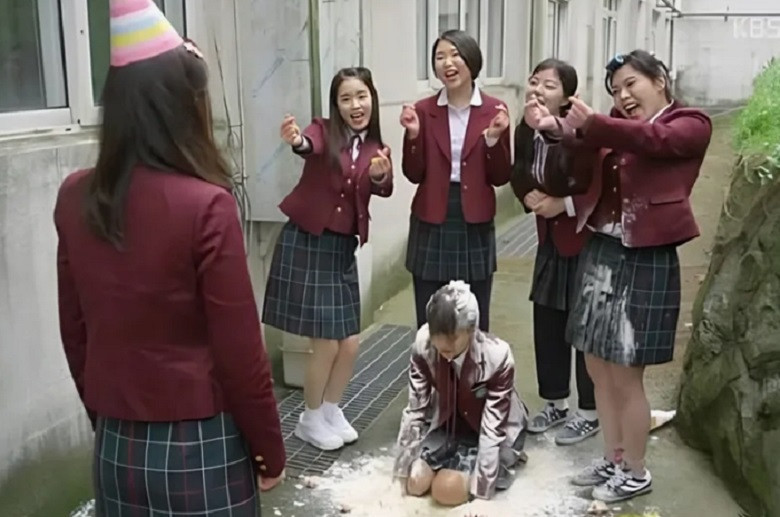
In conclusion, the unusual ban on ponytails in Japanese schools serves as a stark reminder of the enduring influence of traditional customs and societal norms on contemporary education systems. By challenging outdated rules and fostering a culture of acceptance and diversity, schools can create a more inclusive and empowering environment for students to thrive and express themselves authentically.


















Comments
0 comment